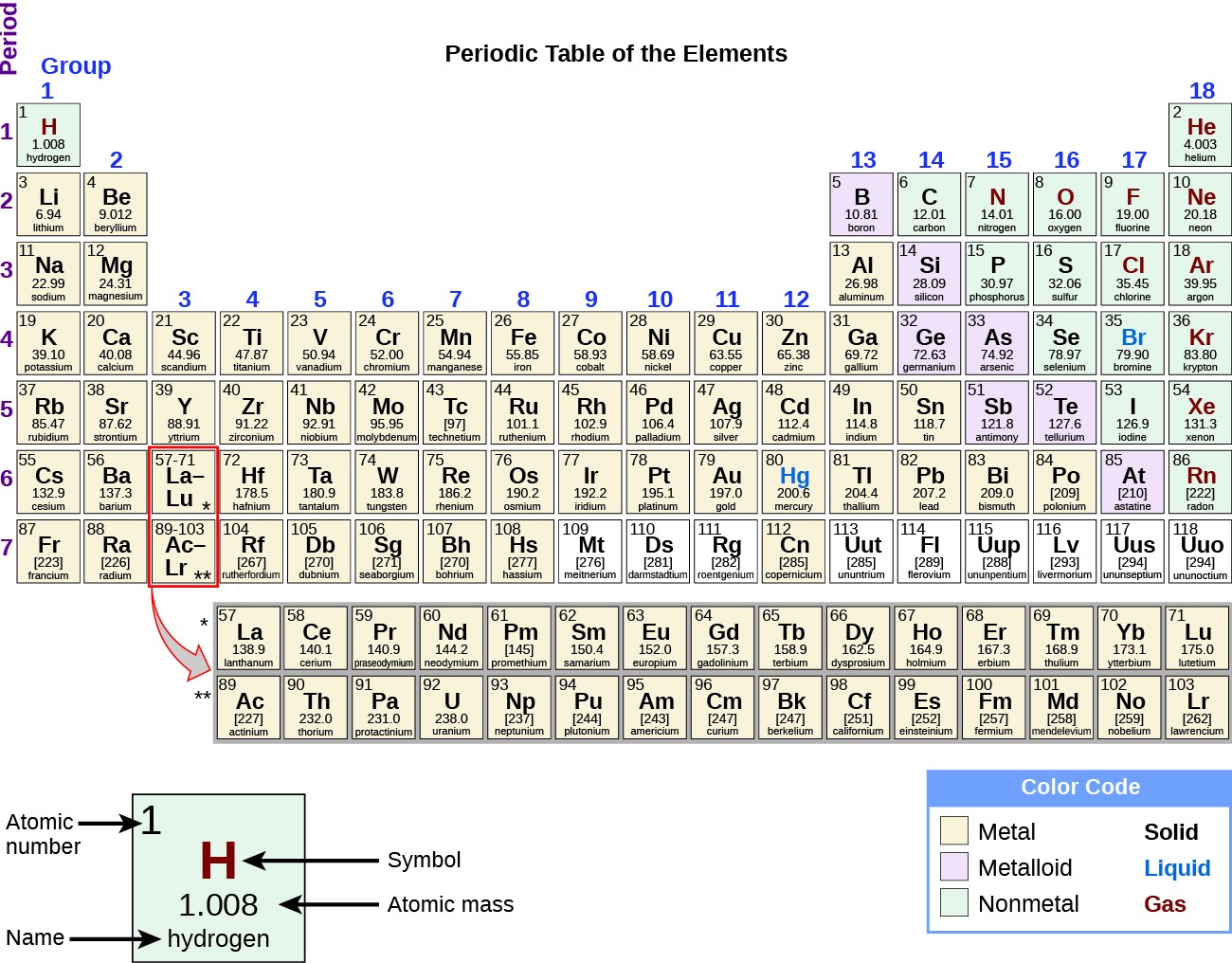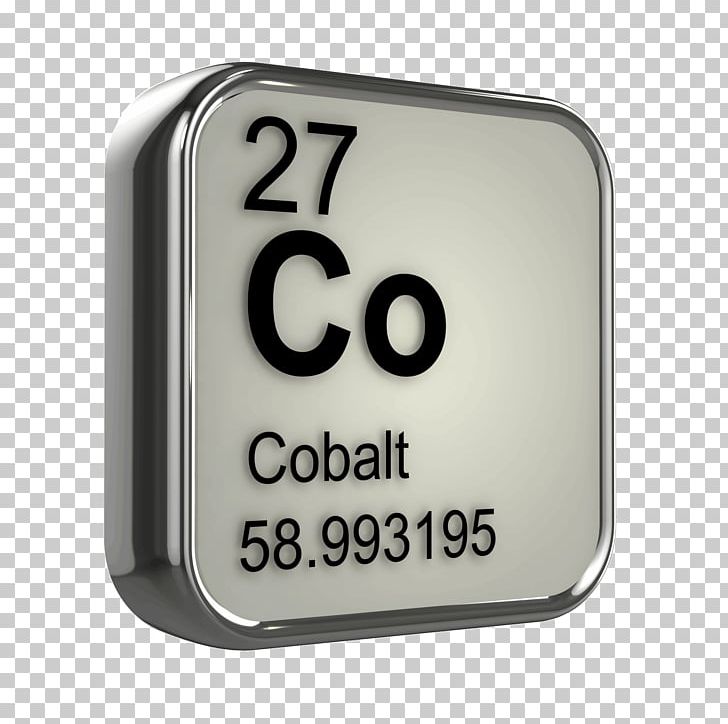

The element in diamond is carbon (symbol C). That is, if you think you have some hematite, rub the mineral on an unglazed ceramic tile (called a streak plate) and the streak is blood red. Rust on the other hand is ferric oxide or Fe 2O 3. Gold, symbol Au is atomic number 79 and is like diamond, a pure substance. Living organisms have adapted to the abundance and availability of iron, incorporating it into biomolecules to perform metal-facilitated functions essential for life in all ecosystems.What elements are in diamonds, gold, and rust?ĭiamond is 100 % Carbon, atomic number 6 on the periodic table. In vertebrates, the Fe+2 in hemoglobin is reversibly oxidized to Fe+3, allowing the binding, storage and transport of oxygen throughout the body until it is required for energy production by metabolic oxidation of glucose. Catalase iron mediates the conversion of harmful hydrogen peroxide to oxygen and water, protecting cells from oxidative damage. In cytochromes, iron acts as a single-electron shuttle facilitating oxidative phosphorylation and photosynthesis reactions for energy and nutrients. Heme proteins include cytochromes, catalase and hemoglobin. Some iron-binding proteins contain heme - a porphyrin ring coordinated with an iron ion. This process is essential to life on Earth, because it’s required for all forms of life for the biosynthesis of nucleotides and amino acids. Iron-dependent enzymes include bacterial nitrogenases, which contain iron-sulfur clusters that catalyze the reduction of nitrogen (N2) to ammonia (NH3) in a process called nitrogen fixation.

#FE PERIODIC TABLE CHEMISTRY FREE#
Carrier proteins called ferritins (present in both prokaryotes and eukaryotes) store, transport and safely release iron in areas of need, preventing excess free radicals generated by high-energy iron. Once inside cells, iron associates with carrier proteins and with iron-dependent enzymes. Plants also use sequestration and reduction mechanisms to acquire iron from the rhizosphere, whereas animals obtain iron from dietary sources.


Microorganisms can uptake iron from the environment by secreting iron-chelating molecules called siderophores or via membrane-bound proteins that reduce Fe+3 (ferric iron) to a more soluble Fe+2 (ferrous iron) for intracellular transport. Biological systems are exposed constantly to high concentrations of iron in igneous and sedimentary rocks. Iron is crucial to the survival of all living organisms. Iron is present in the Earth’s crust, core and mantle, where it makes up about 35 percent of the planet’s total mass. Each of these supergiant, iron-containing stars only lives for a brief while before violently blasting as a supernova, scattering iron into space and onto rocky planets like Earth. It is produced abundantly in the core of massive stars by the fusion of chromium and helium at extremely high temperatures. Iron occurs naturally in the known universe. Commonly, iron uses two (oxidation state +2) or three (oxidation state +3) of its available electrons to form compounds, although iron oxidation states ranging from -2 to +7 are present in nature. As with other transition metals, a variable number of electrons from iron’s two outermost shells are available to combine with other elements.
#FE PERIODIC TABLE CHEMISTRY PLUS#
In February, we have selected iron, the most abundant element on Earth, with chemical symbol Fe (from the Latin word “ferrum”) and atomic number 26.Ī neutral iron atom contains 26 protons and 30 neutrons plus 26 electrons in four different shells around the nucleus. 1 and dissected hydrogen’s role in oxidation-reduction reactions and electrochemical gradients as driving energy force for cellular growth and activity. In iron-deficiency anemia, the heart works harder to pump more oxygen through the body, which often leads to heart failure or disease.We are celebrating the 150th anniversary of Mendeleev’s periodic table by highlighting one or more chemical elements with important biological functions each month in 2019. Each monomer contains a heme group in which an iron ion is bound to oxygen. Hemoglobin is a tetramer that consists of four polypeptide chains.


 0 kommentar(er)
0 kommentar(er)
